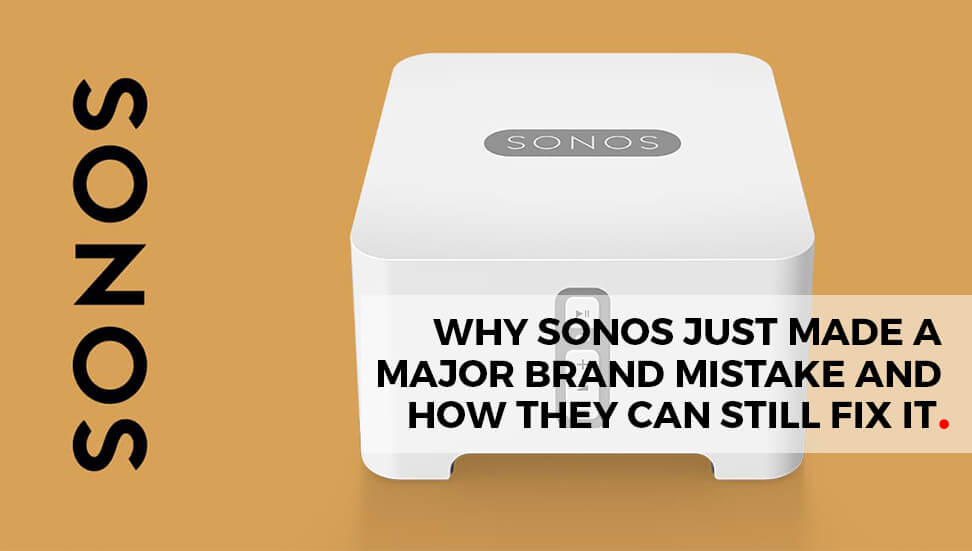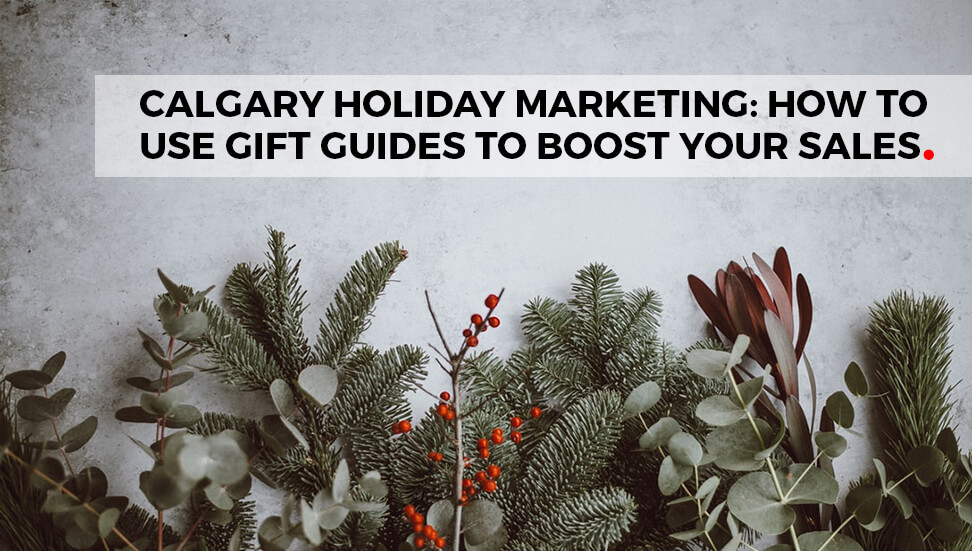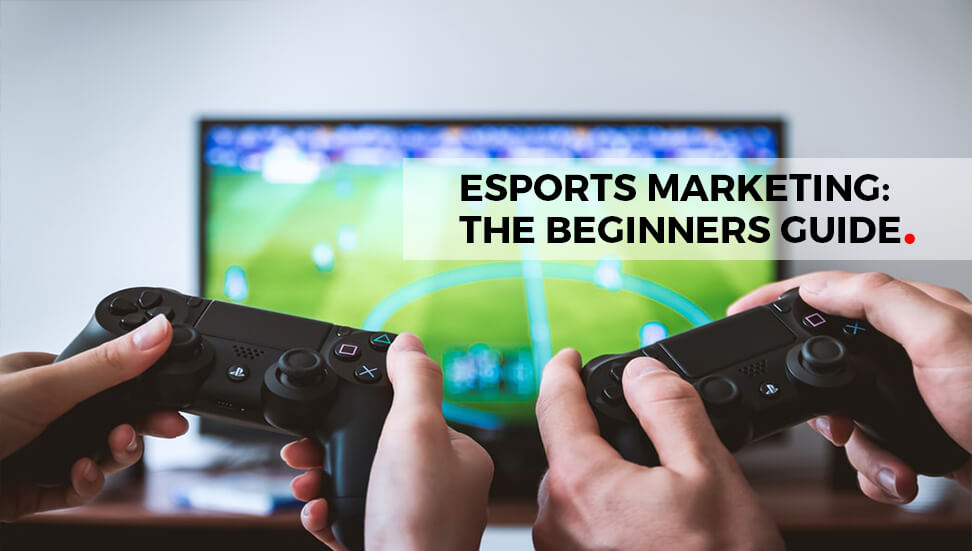Keywords are the new Holy Grail of marketing and SEO. If you can dominate the right ones for your industry then you have a magic formula for ongoing inbound marketing leads. While whole programs have been written that analyse your data and spew out a list of keywords perfect for your company, it’s still no guarantee that you’ll hit the coveted top spots and become impervious to failure. Gaining the number one ranking is the best place for a specific keyword, but any improvement in your keyword ranking is worth the measures you take to get there.
Before you start logging into Google and grabbing the latest marketing report, remember that Google rankings are constantly being evaluated by the bots that never sleep. You may get into the top three, but you’ll get run over if you just expect to stay there. SEO is not like a birthday or shoe size. You can easily go backwards as fast as your went forwards without much effort, making all the ground you gained a waste of time. You will be constantly ‘tweaking’ your devices for leveraging your keyword or your SEO won’t rank anywhere that will be any use to your marketing.
Are you ready for that kind of commitment? You need to be! But rest assured it’s not as much of a commitment as it is to maintain the shine on a Delorean or keep up with the latest Kardashian drama.
Long Tail or Short?
One thing you have to be really serious about is the keywords you target. You have to get the right one and it’s not as easy as it sounds.
There are two choices for an SEO keyword, Long tail or short.
LONGTAIL
With long tail you get exactly what it says on the box, you get keywords or phrases. The research into the efficacy of these strings suggests that they are ludicrously effective, but don’t be fooled by the numbers. They are ludicrously effective, if you target the right ones.
Long tail keyword do not have to make sense. It could be that a key phrase for your industry is ‘hairnets to cover ponytails’, but it could just as easily be ‘Hairnet ponytails cover’. By using an online keyword generator you type in the keywords you think are pertinent to your company and other keywords on that subject are also displayed – but not always in order of success.
When you punch in your chosen keyword and your keyword generator produces 382 keyword offerings they may be in alphabetical order, subject order or by volume of search. Get used to the keyword generator you use, and wherever possible get one that shows you volume of search – even if you have to pay for it. You need to know how many searches are made for your long tail keyword or it’s as useless as no content at all. Free keyword generators usually blur out the information to encourage you to buy, but search the other online marketing tools that you already use and see what they have to offer. If you run Google Adwords – it comes with a generator. It’s a great one to use.
We once worked on a campaign for a new design of sports bottle. One of the long tail keywords the client had ‘researched’ was: ‘Wholesale water sports bottle cooling towel softball hand coach’, so he put it on the list. In his mind – the internet did not lie. He believed that there was a vast audience of consumers out there slavishly typing out ‘Wholesale water sports bottle cooling towel softball hand coach’ into the search bar of google looking for a single sports bottle. It didn’t even make sense in single words! Mashing them together made even less sense. But as the internet had told him long tail keywords were super effective and this was one in his free, online portfolio, he wanted to build a campaign round it.
Nothing we could do would dissuade him.
We showed him our generators which were professionally created. We typed it in and looked at the results, but he was convinced he was right. But he wanted what he wanted, and who were we to argue? So we created a campaign round it – and it took all our creative power to make it work. But guess what? In one week we were in the number one spot! Yep! We made it! The customer was super impressed and very happy. But what had we actually achieved? Nothing! We were king of empties. No one else had targeted that particular long tail keyword (shocker!) and no one had, has or ever since, ever searched that long tail keyword. So it’s never bought in a lead.
Waste of money? I think so …
Always be sure of your keyword choice before you start any campaign.
SHORT KEYWORDS
Short keywords are, again, exactly as they sound. One or two words that are pertinent to your industry. And again, as with long tail keywords, look at the volume of search to be sure that you are putting your effort into the right word.
Try and pick words that will easily fit into your content so that you can maximise their use. You need to have them appear multiple times, so make sure you can write round them and still make it engaging.
Also be sure that if you are competing against a big box company, such as the likes of Coca Cola, Nike or Microsoft, think about how you can compete against them. To a large degree they will be searched by brand name, but if you think that they don’t have a marketing department full of people constantly working other keywords as their day jobs, then you’d be mistaken.
It might be worth taking on a long tail or less obvious keyword and become king of that, then build up a solid foundation of similar keywords, which will help you rank better against some of the more popular ones when the time comes that you want to tackle them.
BUILD YOUR WEBSITE
Make sure you have a good quality website to leverage your keywords on. Have it linked to your social media, making sure it’s already regularly advertised on online media. Have comments enabled, and interact with your audience. If you want to dominate a chosen set of keywords you have to convince the bots your whole website is worth the ranking.
Take the time to build an authoritative website that is well organized, well labelled and well frequented. Stats like these have a huge impact on the quality score of your SEO ranking.
OPTIMIZATION
When you have decided your target keywords, optimize them. The O in SEO.
Start with a blog and use it in the title. Advertise the blog on social media and you have the keyword linked to your webpage every time it gets mentioned. Your keyword list should always be at the back of your mind whatever you are doing. Use the keyword in naming your photos, snippets, meta descriptions – wherever you can.
There is a warning that comes with this too. However good it sounds – there is such a thing as ‘too much’. Overusing a keyword will work against you, but it’s all a matter of natural reading. If you can read it and not notice a keywords presence then the piece is not overstuffed and should pass the critical eye of the bots. 2% density is your Nirvana, so if you’re getting near saturation across the whole site – switch to another keyword. It’s always a good idea to rank in as many as possible.
Have a network ready to leverage when you write a blog post or add a new page to your website. Don’t put up a new page or blog post as the central point of your SEO strategy and expect it to rank high. You need to leverage your social media and other networks to make sure the word gets out about this awesome content, and create a demand for it.
SHARE!
Work those backlinks! Before you publish a blog or new page, think link! Link, link and link again!
A backlink is a valuable currency and if you want to be ‘backlinked’, you have to put others links on your pages. Link only to high quality sources and your own website. Bots see that as credibility whilst other websites see it as social sharing. It gives them a boost in their SEO but also brings you to their attention, which makes you a candidate for being backlinked. The more backlinks you have, the higher your page ranking goes.
KEEP ONE EYE OPEN
As you start working the SEO keywords and phrases it’s really important that you use the analytics you have at your disposal. You need to know if your strategy is working so that you can adjust it as necessary. Don’t stop until you are where you want to be. Front page has to be a minimum, but aim higher. Be creative! The more mixed media you use in a creative way, the more you are likely to figure on the front page.
Each week you need to do something that contributes to pushing your chosen keywords up the page. It’s highly unlikely you’ll go straight in at the top spot, it will take time, but don’t give up on it. Keep working the keywords, producing engaging content and using the tips above to gets the results you want.
With a little time and perseverance, you can get right at the top and garner all the inbound leads that that being number one has to offer.






























